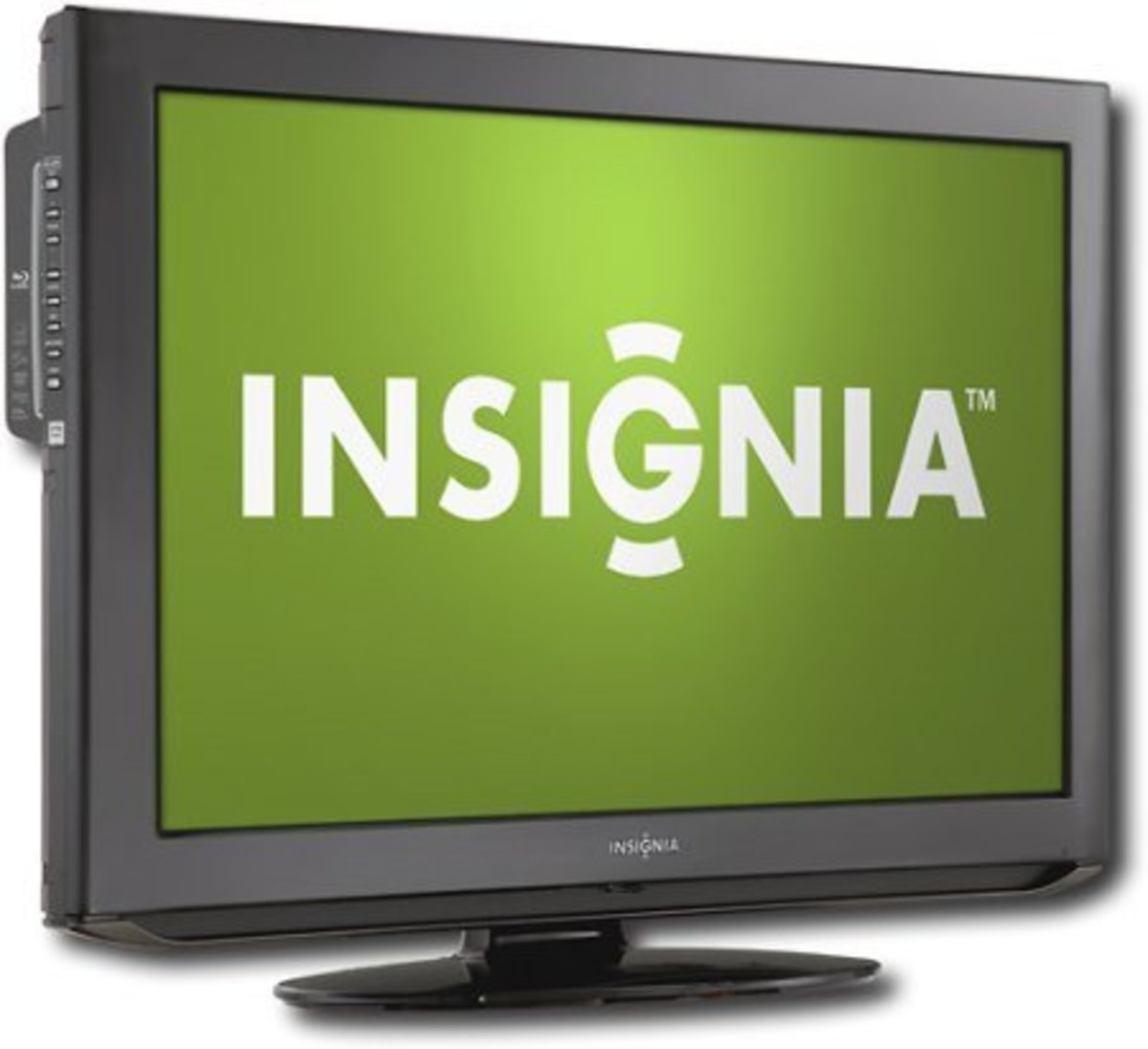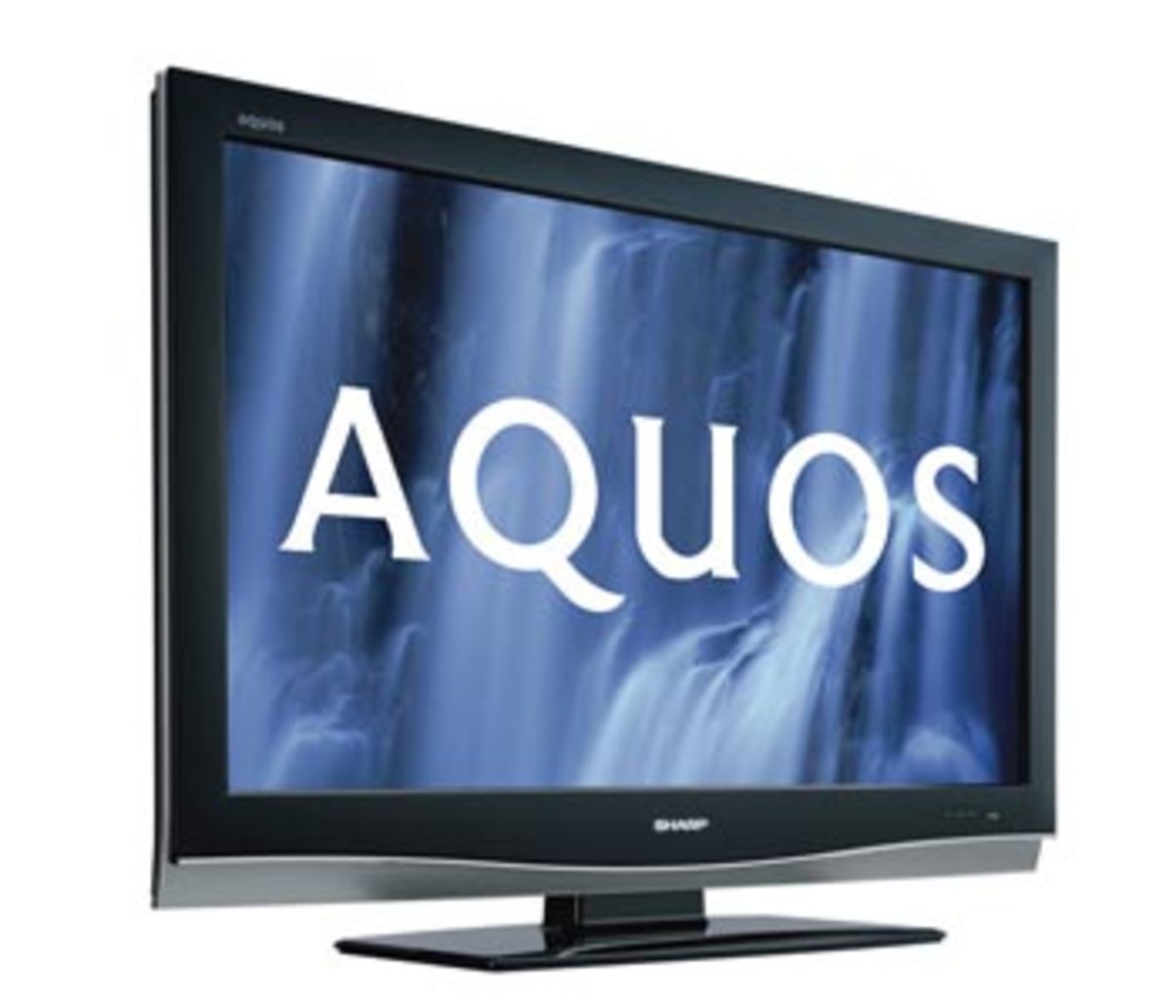Best TV to Watch the World Cup 2014
The next World Cup Brazil 2014 will bring for TV manufacturers a big challenge. Many people will want to have in their homes the best pictures and sounds with the passion of the moment.
Historically the World Cups have driven innovation and the adoption of new technologies in terms of the transmission of television images.
The South Africa World Cup 2010 was the first in which matches were broadcast in three dimensions. On World Cup Brazil 2014 will be the turn for the 4K, a new resolution that is four times higher than today Full HD.
What is 4K
Television manufacturers are directing their designs to more useful products to consumers than 3D, such as enhanced smart TVs, super-thin displays, and 4K resolution.
The 4K is the format used by professionals in the TV channels and movie studios to create content that has very high definition.
Is a generic term for content that have an horizontal resolution of 4096 pixels and vertical resolution of 2160 pixels. This technology replaces 2K and will be replaced by 8K in the near future.
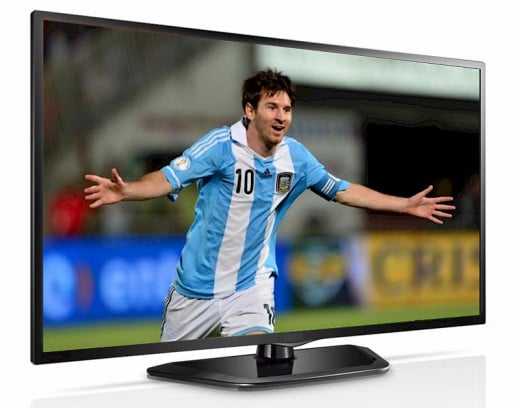
The Best TV to Watch Sports
To watch movies and sports with good detail, it is important the image quality and the screen size. The image quality is defined by the 'Input Lag', the 'Response Time' and the 'Refresh Rate'.
Input Lag: Is the delay between the reception of a television signal and it is displayed on the screen. The manufacturers never advertise it, but is a parameter that is more important in video games.
Response Time: When displaying a moving image, the pixels of a screen must react as quickly as possible to the changes in the colors.
The amount of time it takes for one pixel to go from black to white and back to black again is what is called "Response Time", is a value expressed in milliseconds.
The lower the response time, the better the image quality, since otherwise a ghost image will be seen when objects move quickly.
Refresh Rate: The Refresh rate is how many times an image is displayed per second (frames per seconds) and is expressed in Hz.
For old CRT televisions, it was of 60 frames per seconds. Modern TVs have higher refresh rates. These started at 120Hz, but today we see 240Hz and more.
Higher is indeed better, but is not necessarily real, that is, between two images of the video source, an image processor recreates an intermediate image.
Ultra HD & 4K
Ultra HD and 4K are sometimes named as if they were the same, but they are not, Ultra HD has an horizontal resolution of 3840 pixels.
Characterize the technology by using its horizontal resolution is a difference with respect to the previous generation (high definition television) in which media are categorized according to the vertical resolution (1080i, 720p, 480p).
Response Time-Refresh Rate Relation
For a Refresh Rate of 120Hz, a new image is shown every 8.33ms.
If the pixel Response Time is slower, the current frame does not have time to finish when a new frame begins to refresh. This creates a motion blur effect.
LCD screens have bad Response Time, and it is a problem inherent to the technology. Is less perceptible in small screens, up to 30" or 35".
On bigger screens the response time completely ruin an otherwise good looking image.
The Plasma screens have an almost negligible response time, which helps in making the performance with fast-moving images excellent.
Why 4K is Said to be Better
4K TVs deliver four times the picture resolution of 1080p Full HD, that is eight million pixels compared to two million pixels. In terms of image quality is a picture with finer details, with greater texture and an almost photographic quality.
The 4K TVs use both TN panels (Twisted Nematic) and IPS panels (In-Plane Switching). IPS panels offer higher image quality because they are able to materialize a wider range of color, its response speed is more stable and almost not suffer motion blur.
TN panels have a slightly lower image quality because they are an older technology. Outstrip the IPS, in their ability to reach a higher refresh rate and minimum response time. The second advantage is that TN panels are cheaper than the IPS because they are easier to manufacture.
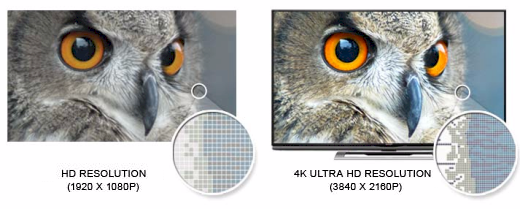
I Only Want to Watch The World Cup!!!
But, what is the best TV to watch the World Cup? I'm not interested in so many technical details.
So many technical details can be overwhelming, but necessary understand the basic elements to find out which TV to choose, and avoid spend money on something that not meets the expectations.
The future of television seems to be OLED and Ultra HD. Panasonic seems to have understood it thus by announcing it will no longer manufacture plasma TVs. However, that future is not so near. The OLED technology is still very expensive to reach the public, and 4K technology still has a long way to go.
Today there is no 4K native content available to justify the pixel density over picture quality, and this without regard that the current Ultra HD is not real 4K.
Instead of spending money now on something that is going to be totally obsolete in one or two years due to ever-changing standards in the format, you can opt for a cheaper alternative without compromising quality.
Panasonic Series
Panasonic VT Series
At this time plasma TVs are at their maximum point of technological evolution.
All the development done for generations of product lines, makes the plasma television be the best choice in image quality, vibrancy of colors and definition of movement, and without any of the image processing many LED tv have.
It is going to be quite a while before Ultra-HD picture quality on a LED tv can match the plasma quality for the same price.
The VT series of the Panasonic plasma TV, established the reference-level performance standards. The VT series have better contrast and color transitions than any other manufacturer, and are more pleasing to the eye on displaying the blacks.
The Panasonic VT series win on contrast, on black levels and motion viewing.
For a better experience, set the Picture Settings in 'THX Cinema' to produce the best overall picture for all content.
The "THX Cinema" or "THX Bright Room" settings also brings the best combination of brightness/contrast. The color transition and sharp edges are incredible. Deep reds next to dull grays are well discerned. An finally, the black levels are astounding.
The only two other models of plasma televisions that are comparable in quality with the Panasonic VT series are the Panasonic ZT60 and the Samsung F8500.
Seiki SE39UY04
If you want to experience first hand the quality of Ultra HD transmissions during the World Cup Brazil 2014, I recommend that you do not spend your money on an expensive device that will surely be obsolete soon.
The best option in this case is the Seiki, Ultra HD LED TV, cheap and of good performance, is a Ultra HDTV with great picture and sound, minus the unnecessary more expensive bells and whistles than other brands have.
But if what you want is only to listen the matches of your favorite team, a good Spica radio will surely do the job.
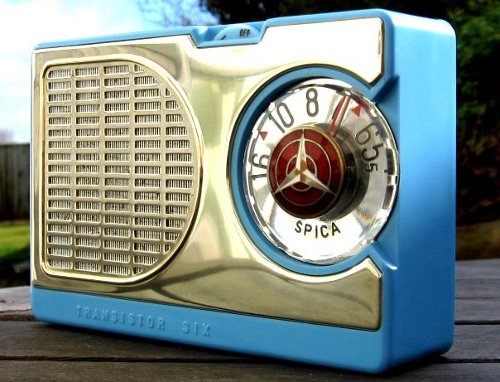
© 2014 picis




